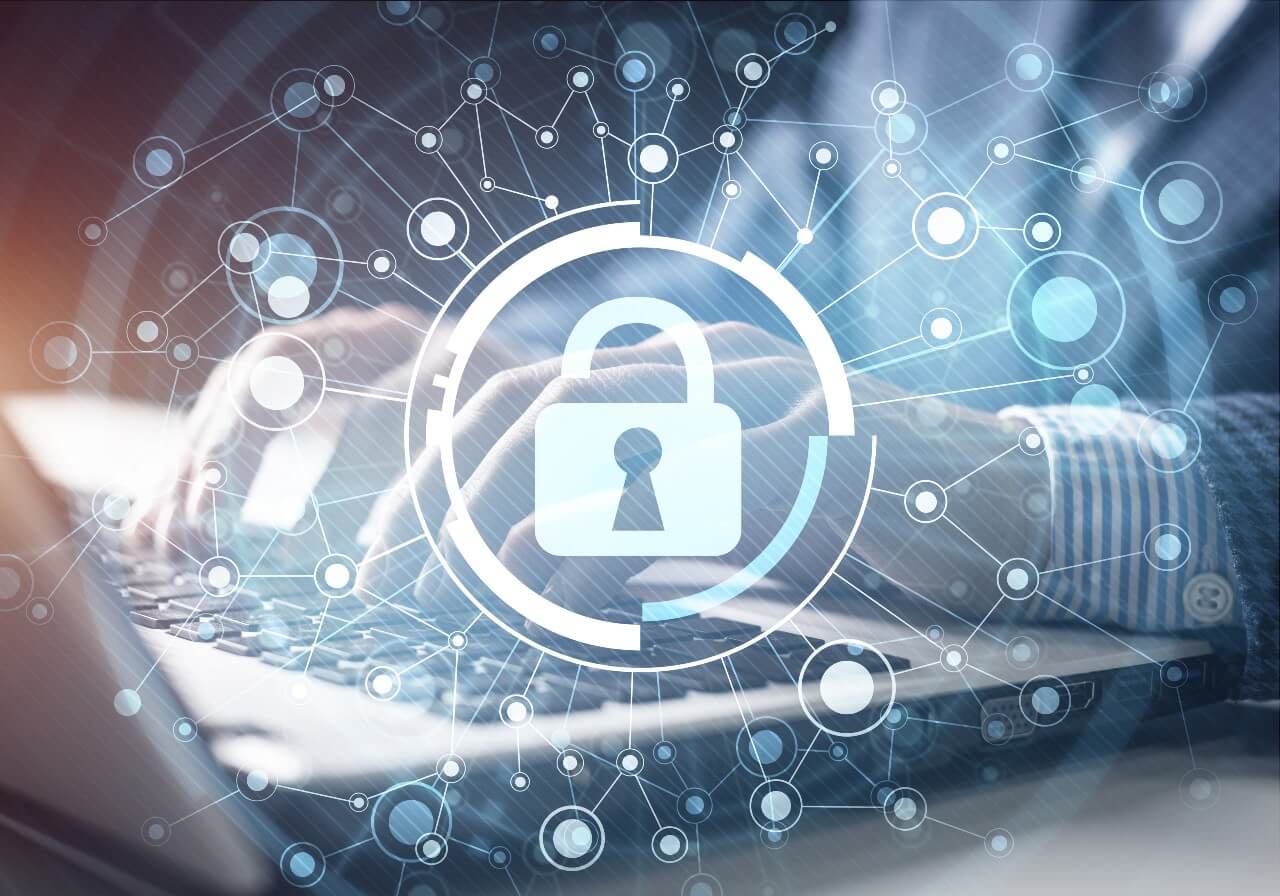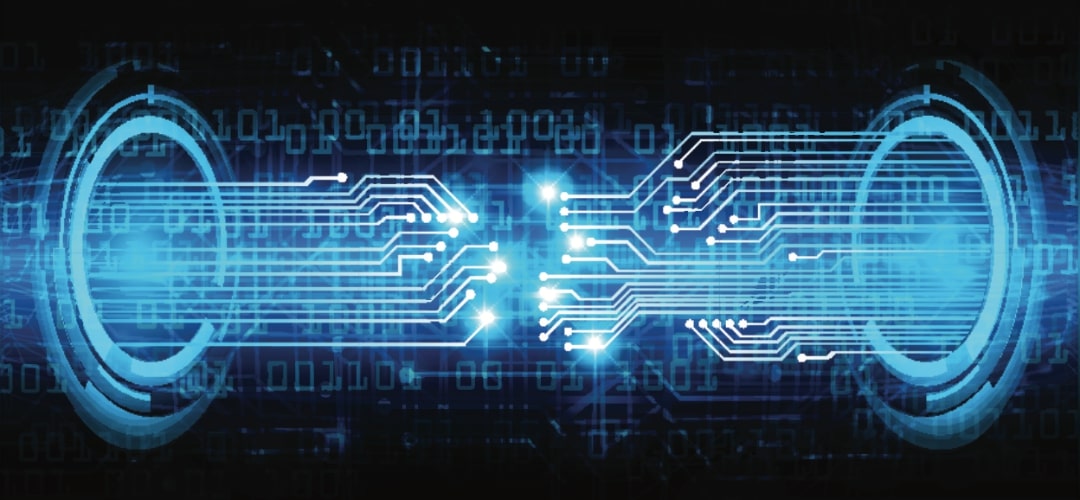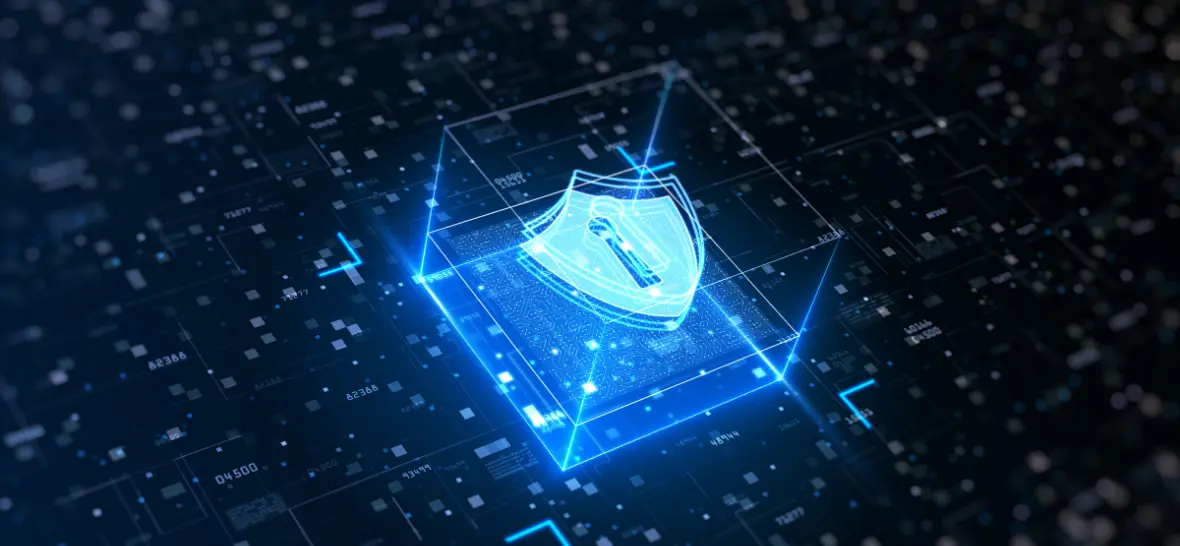Information security incidents are at an all-time high, and the worst is yet to come. To put things in perspective, there were 83 big-time ransomware incidents in 2021 already, and the number will explode from these levels. Three to five public reports of information security incidents per week have become the norm and do not even elicit shock. Cybersecurity breaches disrupt business operations, wreck communities, ruin finances, and cause chaos.
Many enterprises still carry legacy solutions and practices, designed two decades ago or even earlier. Operational workflows have not kept pace with tech adoption. Growth has been haphazard. Work pressures lead to the rise of shadow IT and silos. When COVID-19 triggered an overnight shift to work-from-home, enterprises had to set up remote work systems in haste. The process left many endpoints unguarded.
Such a state of affairs will continue as business exigencies make disruptive changes unviable. The only recourse for enterprises is to be always on the alert and review their security protocols from time to time to stay safe.
Security risk management preempts threats and ensures continuity of operations. The success of such an approach depends on IT asset visibility. If the enterprise IT does not know that an asset is present in its network, it cannot manage or secure it.
1. Asset Inventory and Classification
The basic step towards asset visibility and a secure network is asset inventory.
In the pre-mobility age, asset inventory was as simple as counting the number of computers and laptops present in the enterprise. With mobility, cloud, and IoT, most enterprise assets are outside the company premises. Enterprise networks have become complex, and device fragmentation is rife. In such a scenario, enterprises struggle to generate a list of all the devices connected to their network.
Work-from-home has exacerbated the number of unmanaged and invisible assets. The sheer number of servers, laptops, smartphones, and desktops strain enterprise IT. Many remote employees connect to the cloud directly bypassing the corporate security policies. The proliferation of IoT sensors, embedded sensors, VoIP phones, IP cameras, TV, and other smart things compound the stress.
Asset inventory has become impossible without a comprehensive enterprise cybersecurity asset management tool such as Armis. It offers a holistic view of all the devices connected to the network.
Armis automates inventory tracking and asset classification. It discovers and classifies every device in the environment. It offers a comprehensive inventory with in-depth information for each device. The inventory reveals:
● The manufacturer of the device.
● The model and other details of the device.
● The location and login-id of the user.
● The operating system running on the machine, and the applications installed in the system.
The classification takes place across managed, unmanned, IoT, and other devices, leaving nothing out.
Such information becomes valuable to take remedial measures when there is an alert on the device.
2. Mapping Data Flow and Process Interdependencies
Information security design has come a long way from its antivirus and intrusion detection approach. The latest protocols include machine learning-based behavioural profiling, zero-trust, and more. Without full visibility of the network and a complete network map, such measures fail. A single unprotected device can render all these measures useless.
The attack surface of an enterprise always evolves. Trying to protect the entire surface is akin to battling the waves. Zero-trust offers a better approach.” The first step towards a zero-trust approach is defining the attack surface. Attack surface includes critical applications, data, and services that need protection. The next step is mapping the data flow.
Full visibility of the enterprise network allows mapping data flows and process interdependencies. It eliminates blind spots. The enhanced level of awareness makes it easier to enforce the right control for the right device. Enterprise IT, armed with full visibility, may take proactive countermeasures to pre-empt breaches. In the event of a breach, the IT team may cut off the affected nodes without the incident affecting the entire enterprise.

3. Risk and Threat Assessment
The risk assessment identifies the risks for each asset and recommends the controls to pre-empt or mitigate such risks. The visibility of each asset connected to the network is important for the process.
Armis cybersecurity asset management tool tracks all devices connected to the network. The tool performs gap analysis and offers comprehensive insights on the risk and threat levels. The tool automates data collection and policy enforcement.
The tool calculates the risk score based on several factors, such as:
● The vulnerabilities associated with the device. For instance, unpatched software and the presence of known hardware exploits.
● Device attributes, such as IP and MAC address.
● Device communication details, Wi-Fi and Bluetooth protocols, encryption level, and so on.
● Communication headers without the actual payload. Rather, the tool uses metadata.
● Anomalies such as abnormal traffic, and devices accessing malicious domains.
● Threats associated with deadly attacks, such as BlueBorne, DNS rebinding, Bleedingbit, Krack, and so on. The Bleedingbit zero-day chip flaws, for instance, may open the door for remote code execution attacks.
Enterprise IT may review the risk score of each device, drill down to the specifics, and take proactive steps for threat remediation.
The detailed finding report at the end of the assessment offers a comprehensive overview of:
● All the devices present in the networks
● The risk posed by each device in the network
● Anomalies in the network
● Latent threats that exist on the platform when running the environment
Combining the test scores creates a threat model that offers a dynamic view of the attack vectors and makes explicit threat actors. Such models allow security teams to design and test workflows for incident response.
The Armis risk assessment program is a comprehensive in-depth package that runs for four to six weeks. It covers the entire gamut of services on offer, including device inventory, classification, and risk assessment.
4. Privacy and Legal Considerations
IT asset visibility safeguards privacy and ensures legality when taking countermeasures.
Complete visibility may be integral to compliance. It also helps to claim if the enterprise has cyber insurance. The insurers may construct not having full visibility of the network as negligence, and deny insurance.
Armis deploys machine learning algorithms to do a good job of ensuring full visibility of the enterprise IT network. The cloud-based cybersecurity asset management tool offers a holistic view of connected devices. Enterprises may hit the ground running to enforce security policies.
When collecting data and enforcing policy at the device level, Armis does not capture or transmit data payloads. It captures and sends only metadata, ensuring privacy.
Many enterprises make the mistake of going with the herd. One size never fits all in network security. Every enterprise has a unique IT stack and needs some customization. Applying best practices without context might lead to wrong or ineffective controls. The Armis cybersecurity asset management tool makes it easy to configure the network visibility approaches and curate the risk management strategy appropriate to your needs. Request a demo now.












